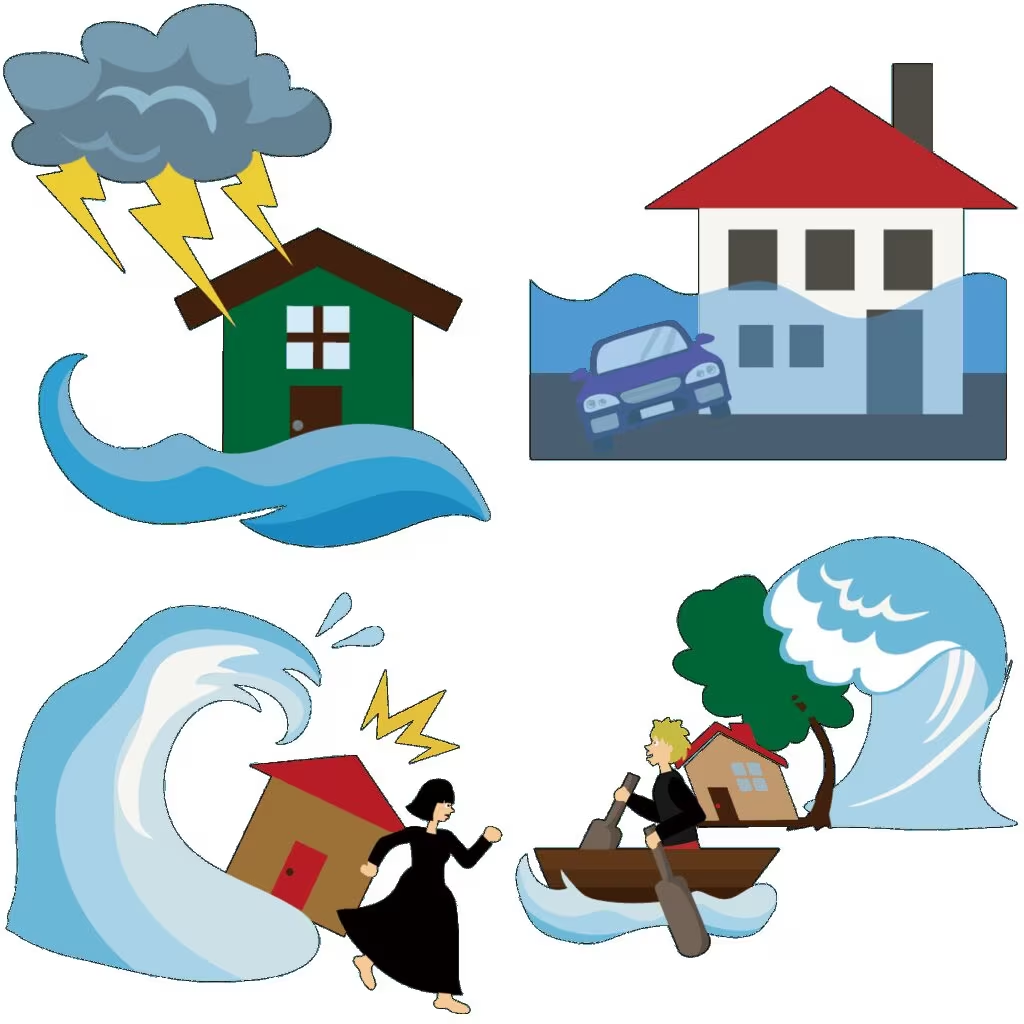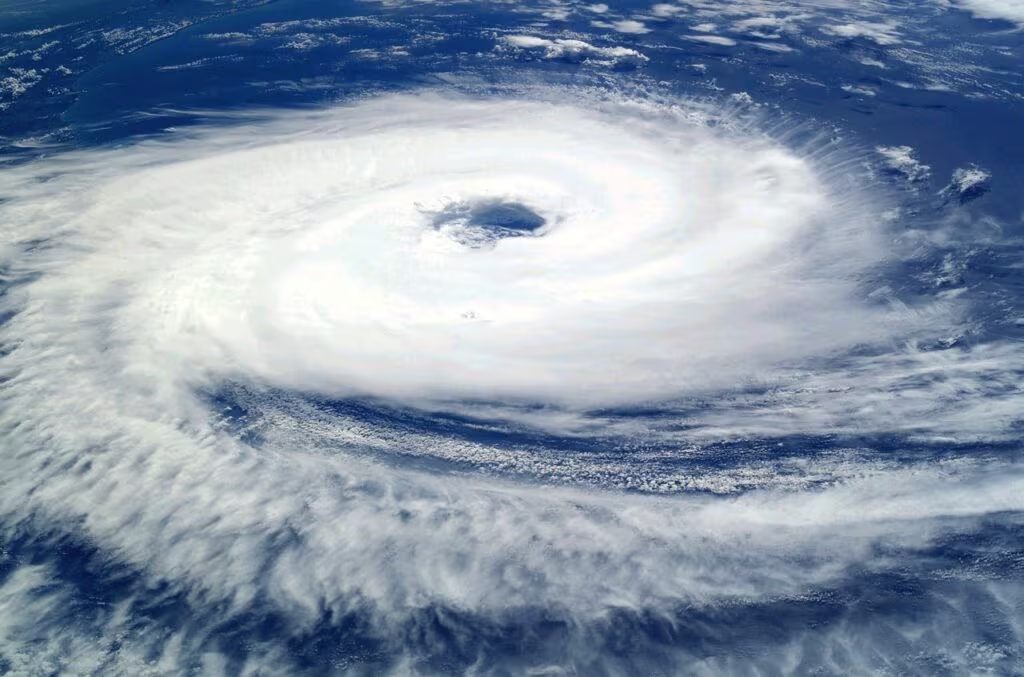Deadly Typhoon Kalmaegi Unleashes Destruction Across Central Vietnam
The Southeast Asian region is grappling with the severe aftermath of Typhoon Kalmaegi, which swept across Vietnam with fierce intensity, leaving a trail of destruction and claiming lives. Official reports confirm that the powerful storm, characterized by torrential rains and high-speed winds, resulted in the deaths of at least five people as it moved inland.
The storm’s impact was particularly devastating in the central highlands, including the province of Dak Lak, where initial assessments show widespread infrastructural damage. Kalmaegi’s sustained winds were strong enough to flatten numerous homes, rip roofs off buildings, and uproot large trees, severely disrupting transportation and power infrastructure across affected areas.

The Immediate Aftermath: Casualties and Infrastructure Collapse
The primary concern following Kalmaegi’s passage is the immediate humanitarian need and the restoration of essential services. The confirmed death toll of five individuals highlights the danger posed by the sudden onset of the storm’s most intense phase.
Damage reports emphasize the severity of the structural failures and the scale of the disruption:
- Residential Damage: Hundreds of homes were either completely flattened or suffered major roof damage, displacing families and rendering properties uninhabitable.
- Agricultural Ruin: Extensive flooding and wind damage decimated crucial rice paddies and cash crops, raising concerns about long-term food security and economic recovery in the affected provinces.
- Power Outages: Downed power lines and damaged substations left vast regions without electricity, complicating rescue and recovery efforts in the immediate hours after the storm passed.
Local disaster relief teams, supported by military units, have been deployed to clear debris, search for missing persons, and provide emergency shelter and aid to those displaced. The focus remains on rapid assessment and securing vulnerable areas against secondary hazards like landslides, which are often triggered by prolonged heavy rainfall in mountainous regions.
Shifting Focus: The Philippines Prepares for a New Threat
Even as Vietnam begins its recovery from Kalmaegi, meteorological attention has rapidly shifted eastward, where the Philippines is preparing for the arrival of a new, potentially significant tropical system. This pattern underscores the relentless nature of the Western Pacific typhoon season.
The Philippine Atmospheric, Geophysical and Astronomical Services Administration (PAGASA) has issued preliminary warnings, urging coastal and low-lying communities to finalize contingency plans. While the exact track and intensity of the developing storm are still being monitored, the proximity of the system necessitates immediate readiness across the archipelago.

Understanding the Regional Storm Dynamics
The frequent succession of powerful storms like Kalmaegi is characteristic of the Western Pacific basin, which accounts for nearly one-third of the world’s tropical cyclones. These systems draw energy from the warm ocean waters, often intensifying rapidly as they track toward the densely populated coastlines of Southeast Asia.
Experts note that while the region is accustomed to these events, the increasing intensity and erratic behavior of some storms demand enhanced preparedness and resilient infrastructure. The continuous monitoring by agencies like PAGASA is vital for providing the necessary lead time for effective mass evacuations and resource staging.
Essential Safety and Preparedness Guidelines
For residents in the path of the incoming storm, particularly in the Philippines, proactive measures are critical for minimizing risk and ensuring safety. Authorities stress the importance of following official advisories from PAGASA and local government units.
Key Actions for Coastal Residents
- Monitor Official Channels: Rely exclusively on updates from recognized meteorological agencies and emergency services. Pay close attention to wind and rainfall warnings specific to your locality.
- Secure Property: Ensure all loose objects outside are tied down or brought indoors. Reinforce windows and doors, and clear gutters and drains to prevent localized flooding and potential structural damage.
- Prepare Emergency Kits: Every household should have a comprehensive kit ready for immediate evacuation, including:
- Non-perishable food and water (at least three days’ supply).
- First-aid supplies and essential prescription medications.
- Flashlights, batteries, and a battery-powered radio for communication when power fails.
- Important documents (identification, insurance papers) sealed in waterproof bags.
- Know Evacuation Routes: Identify the nearest designated evacuation center and the safest route to reach it before conditions deteriorate. Do not wait for conditions to become dangerous before moving.
- Fuel Vehicles: Ensure vehicles are fueled, as gas stations may become inaccessible or lose power during and immediately after the storm.

Key Takeaways
The recent weather events highlight the ongoing vulnerability of Southeast Asia to powerful tropical cyclones and the critical need for robust disaster management systems:
- Typhoon Kalmaegi caused at least five fatalities and extensive damage, particularly in Vietnam’s central highlands, including Dak Lak province.
- The immediate focus in Vietnam is on humanitarian aid, debris clearance, and restoring essential services like power and transport.
- The Philippines is currently under alert, preparing for a subsequent tropical system developing in the Western Pacific, requiring heightened vigilance.
- Regional authorities are emphasizing strict adherence to official evacuation orders and comprehensive household preparedness measures to mitigate potential loss of life.
- The rapid succession of these intense weather systems underscores the need for continuous investment in climate resilience planning across the region.
Conclusion
The dual threat posed by the aftermath of Typhoon Kalmaegi in Vietnam and the impending storm system targeting the Philippines serves as a stark reminder of the seasonal dangers facing Southeast Asia. While recovery efforts are underway in the areas devastated by Kalmaegi, vigilance remains paramount across the entire region. The effectiveness of future disaster response will hinge on the speed and accuracy of official warnings, the resilience of infrastructure, and the proactive cooperation of local communities in following safety protocols.
What’s Next
Vietnamese authorities continue to assess the full economic and social cost of Kalmaegi, with international aid expected to mobilize in support of reconstruction efforts. Meanwhile, the focus for the Philippines remains squarely on the evolving forecast for the new system. Residents in high-risk zones should expect potential mandatory evacuation orders within the next 48 to 72 hours as the storm track solidifies, demanding immediate action to secure lives and property and minimize the potential for further casualties.
Original author: Aniruddha Ghosal, Jim Gomez
Originally published: November 8, 2025
Editorial note: Our team reviewed and enhanced this coverage with AI-assisted tools and human editing to add helpful context while preserving verified facts and quotations from the original source.
We encourage you to consult the publisher above for the complete report and to reach out if you spot inaccuracies or compliance concerns.

